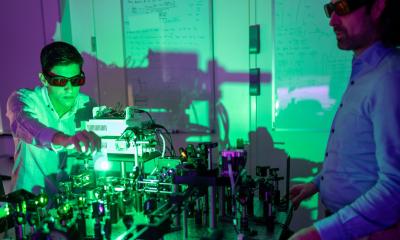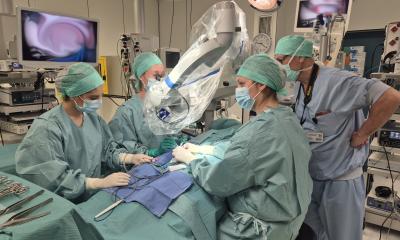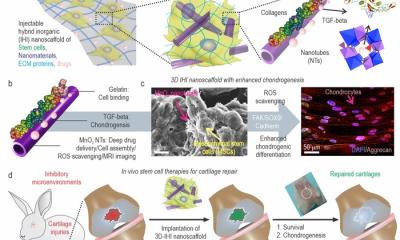Liver stiffness measurements identify patients with rapid or slow fibrosis
A recent study determined that repeated liver stiffness measurements (LSM) in the first year following liver transplant (LT) could discriminate between slow and rapid "fibrosers". LSM were extremely accurate, particularly at the 6-month post LT point, in detecting severity of fibrosis. Determining those at risk for a recurrence of hepatitis C virus (HCV) allows for early-stage administration of therapies that could prevent LT or graft failure.


The full findings by the doctors from the Hospital Clínic in Barcelona, Spain, are published in the January 2010 issue of Hepatology, a journal of the American Association for the Study of Liver Diseases
From August 2004 to January 2008, 84 LT patients with HCV recurrence and 19 patients transplanted for reasons other than HCV were included in the study led by Miquel Navasa, M.D. The cause of LT in the non-HCV control group included: alcoholic cirrhosis (n=10), primary biliary cirrhosis (n=2), Caroli's disease (n=2), familial amyloid polyneuropathy (n=2), autoimmune hepatitis (n=1) and cryptogenetic cirrhosis (n=2). Liver stiffness was measured using Fibroscan® on the right lobe of the liver with repeated measurements during the first year after LT.
Results indicate that LSM did not significantly increase during the first year after LT for all control participants. There were 53 patients deemed slow "fibrosers" with median LSM at 3, 6, 9, and 12 months at 6.9, 6.9, 7.5, and 6.6 kilopascals (kPa-a standard unit of pressure), respectively, without significant increase during the follow-up year. The remaining 31 participants were rapid "fibrosers" who had median LSM at months 3, 6, 9, and 12 of 7.5, 9.9, 9.5 and 12.1 kPa, respectively. "Our study clearly shows two different speeds of liver fibrosis progression during the first year after LT," said Dr. Navasa. "Slow "fibrosers" progressed at the same rate as non-HCV LT patients, while rapid "fibrosers" showed significant fibrosis and portal hypertension very early in the follow-up."
Researchers also conducted univariate and multivariate analyses to identify the variables associated with the presence of significant fibrosis (F≥2) one year post LT. The univariate analysis identified 6 variables associated with rapid fibrosis progression: Cytomegalovirus infection, ALT level, bilirubin level and HCV-viral load (at three months), bilirubin level and LSM (at six months). The multivariate analysis showed that only two variables at six months were independent predictors of fibrosis: LSM and bilirubin level. "Using non-invasive detections such as LSM or bilirubin levels at 6 months can accurately predict the risk to develop significant fibrosis in LT patients, concluded Dr. Navasa. "Our results will need to be validated by other transplant centers, but we believe these models could be widely used in clinical practice to adopt appropriate therapeutic interventions at first signs of HCV recurrence.
Article: "Liver Stiffness Identifies Two Different Patterns of Fibrosis Progression in Patients with HCV Recurrence after Liver Transplantation." José A. Carrión, Ferran Torres, Gonzalo Crespo, Rosa Miquel, Juan-Carlos García-Valdecasas, Miquel Navasa and Xavier Forns. Hepatology; Published Online: October 18, 2009 (DOI:10.1002/hep.23240); Print Issue Date: January 2010 http://www3.interscience.wiley.com/journal/122653627/abstract
06.01.2010








